The son of two freed slaves, Garrett Morgan was born in Kentucky on 4 March. Like many African Americans, he was unable to continue his education after sixth grade due to racial segregation and a lack of schools for Black people. Instead, aged fourteen, he moved to Cincinnati in the neighbouring state of Ohio where he worked as a handyman.
From the age of eighteen he was employed as a sewing machine mechanic; a job which ignited his interest in how things worked. Twelve years later, Morgan opened his own sewing machine shop, and by 1909 ran a clothing manufacturing business.
Although Morgan’s inventions may seem unrelated, they all stem from his desire to provide solutions to improve both his life, and problems faced by society in general.
HAIR RELAXER
Running coarse materials like wool through sewing machines generated a large amount of friction which could scorch the fabric, so Morgan began experimenting to try and find an effective lubricant to prevent this. Wiping his hands on a rough cloth at the end of the day, he was surprised to find that the fibres had become smoother overnight. The mixture of chemicals in Morgan’s solution included many strong alkalis such as sodium hydroxide (lye), though most modern relaxers are moving away from harsh chemicals where possible to minimise damage to hair. He is said to have tested the same mixture on his neighbour’s Airedale terrier, which worked so well that that its owner no longer recognised the straight-haired dog! Following this, he continued to experiment on his own hair, eventually patenting ‘G.A. Morgan’s Hair Refiner Cream’ – the first chemical hair straightener. Morgan then expanded to create several other grooming products specifically for Black hair.
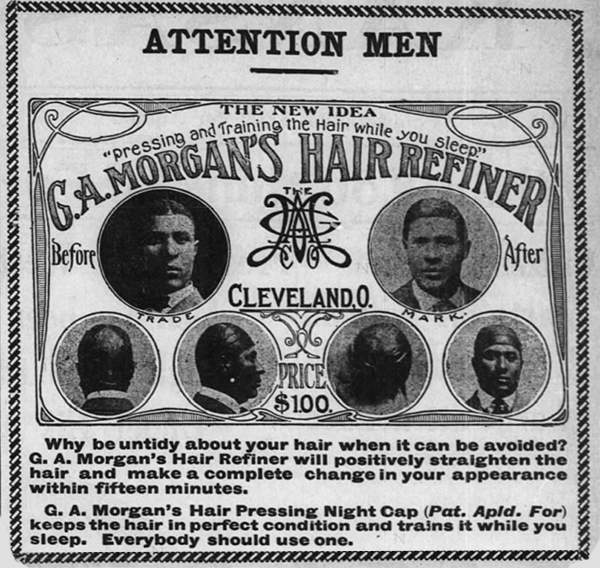
SMOKE HOOD
In 1911, the Triangle Shirtwaist Factory fire claimed the lives of 146 garment workers in Manhattan, bringing to light the poor fire codes and safety equipment of the time. This industrial disaster inspired Morgan to start work on a ‘breathing device’ to prevent smoke inhalation, an invention that became the forerunner of the modern gas mask. Back then, firefighters used various methods involving tanks and tubes to protect them when fighting fires, but the valves were prone to getting stuck. For safety reasons, men had to enter burning buildings in pairs so that one could help the other with their breathing apparatus if it malfunctioned.
Morgan was granted a patent for his new device on 13 October 1914, his application stating that ‘The device is also efficient and useful for protection to engineers, chemists and workmen who are obliged to breathe noxious fumes or dust derived from the materials in which they are obliged to work.’ It could be donned in approximately seven seconds and removed in less than half the time if needed.
The hood-like design used a moist sponge to filter and cool the entering air, and later versions included a bag around the waist containing a twenty-minute supply of air. Morgan did an excellent job of marketing his product, but the real test of its effectiveness was yet to come.
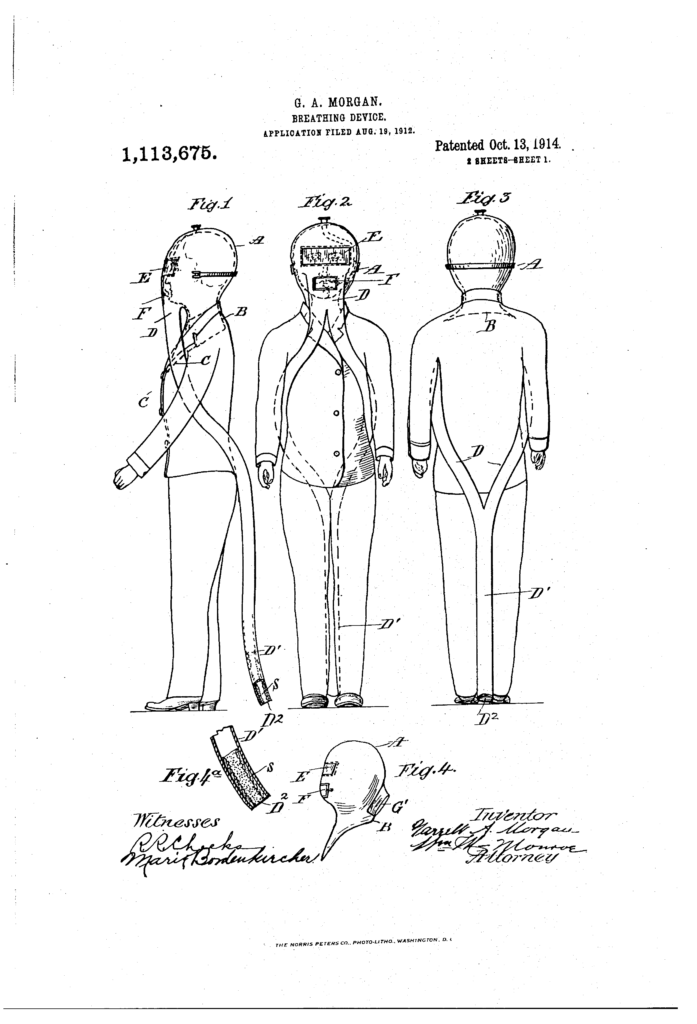
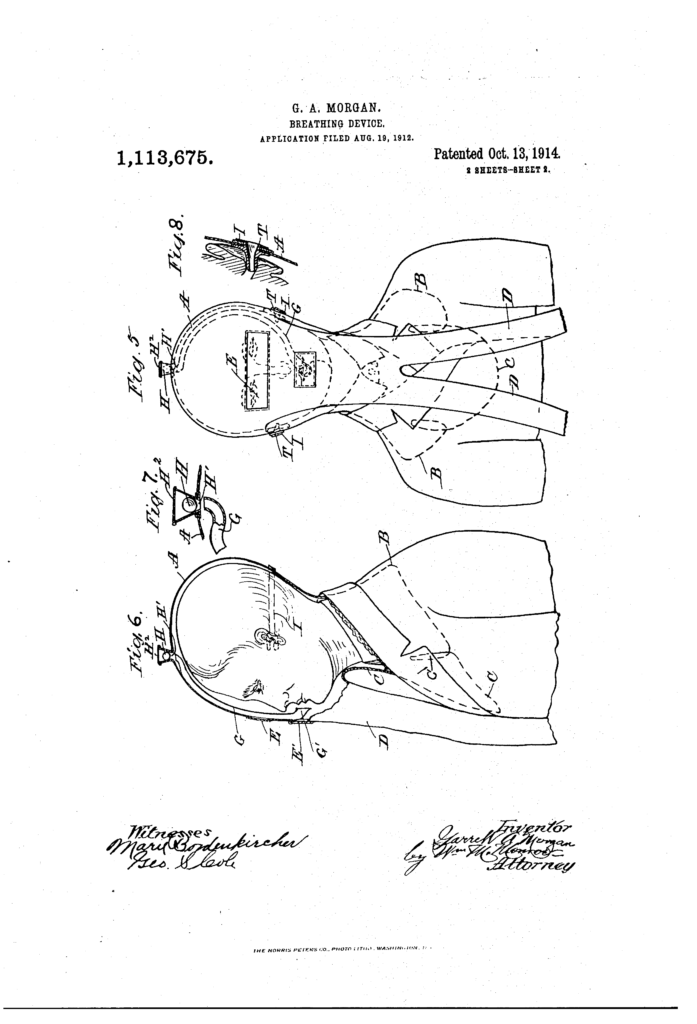
THE LAKE ERIE CRIB DISASTER
At approximately 9:40pm, 24 July 1916, a team of eleven workers were busy digging a tunnel beneath the Lake Erie to bring fresh water to the city of Cleveland, Ohio, via an offshore crib. The crib elevator operator smelled gas and quickly called the crib superintendent, but within moments the workmen struck a new gas pocket which exploded.
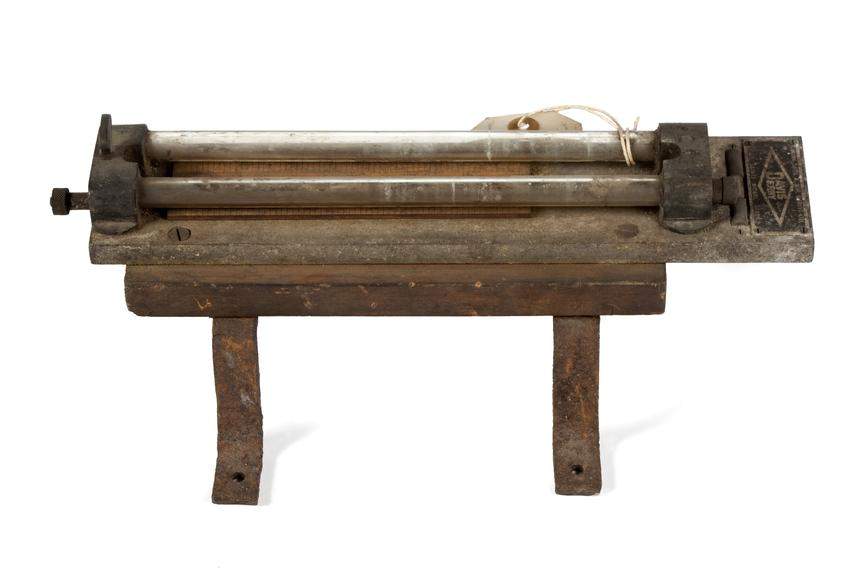
Two rescue parties succumbed to the strong fumes, and the third was only able to spend a few minutes below ground, even after wrapping their heads in wet towels. This was just enough time to confirm that many of the first two parties were dead, and that the gas was too thick for any further attempts to yield much success. By the following morning, the noxious vapours had begun to rise up the elevator shaft and there was little hope.
In total, Morgan received three separate calls asking for help, and rushed to the scene still dressed in pyjama bottoms. Most people there were sceptical that his devices would work, and Mayor Harry L Davis went as far as shaking Morgan’s hand and telling him ‘good-bye’ before he descended. Donning the smoke hoods, a small team made four trips down to bring up the bodies, by which time others had gained confidence and joined the rescue efforts. The explosion claimed nineteen lives in total, however thanks to Morgan’s invention two of the men recovered from the failed rescue teams were able to be revived.
The success of his smoke hood gained him fame, but also revealed his racial identity, causing him to lose sales in various states.
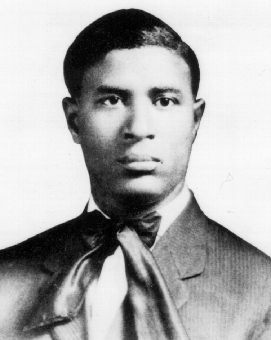
LIFE AS A BLACK INVENTOR
Unfortunately, discrimination based on race was rampant at the time, making it incredibly difficult for Black inventors and entrepreneurs. It was common for sales of products to decline if consumers perceived they were tied to Black people or Black issues, and astonishingly this was the same even when those products were lifesaving. For instance, sales of Elijah McCoy’s oil-drip cup fell dramatically when he appeared on sites in person to install them, even though it was shown to reduce train engine fires in by nearly two-thirds.
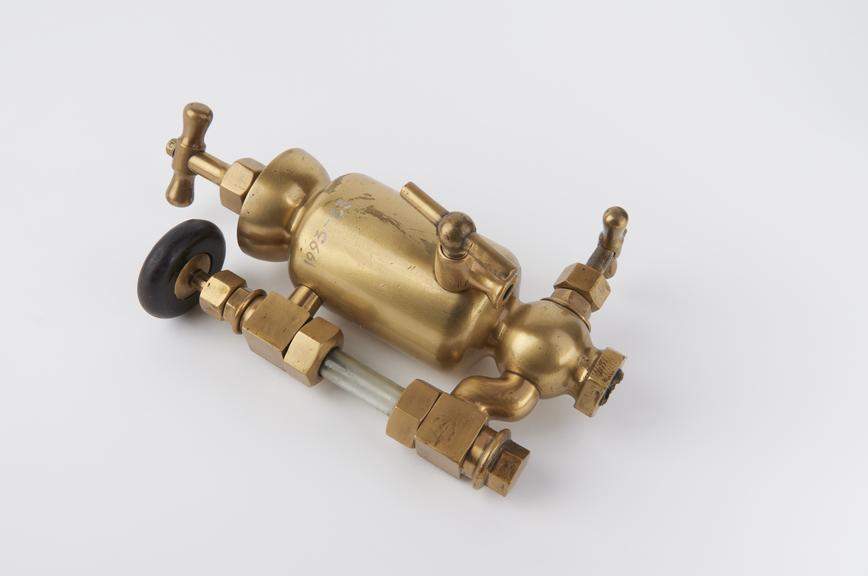
It was clear that Morgan was very aware of the bias he faced, distancing himself from his products as he knew white buyers would discriminate against him. Printed adverts used smartly dressed white male models, so buyers might assume they were the inventor. In order to disguise his race during live demonstrations, Morgan would dress as a Native American, calling himself “Big Chief Mason”, and in several locations was known only as “George Mason” and believed to be a white man.
Many Black inventors took advantage of the fact that they could hide their race when filing for a patent. No racial information was required, and applicants could provide their business address rather than their personal one, which would have given away the neighbourhood they lived in. Even patent agents understood the discrimination faced by Black people and were keen to hide their clients’ identities to protect their profits.
AUTOMATIC TRAFFIC SIGNAL
Morgan went on to patent an automatic traffic signal in 1922. He was one of the first to include a third, ‘warning’ setting to make drivers aware that the signal was changing, an idea that led to the tri-colour traffic lights we use today.
Join us in celebrating the life and mind of Garrett Morgan, whose inventions helped to pave the way to new technologies that have greatly improved our lives. Happy 146th birthday!
One comment on “Happy Birthday, Garrett Morgan!”
Comments are closed.
This is a good read, there are so many hidden people who made contributions.